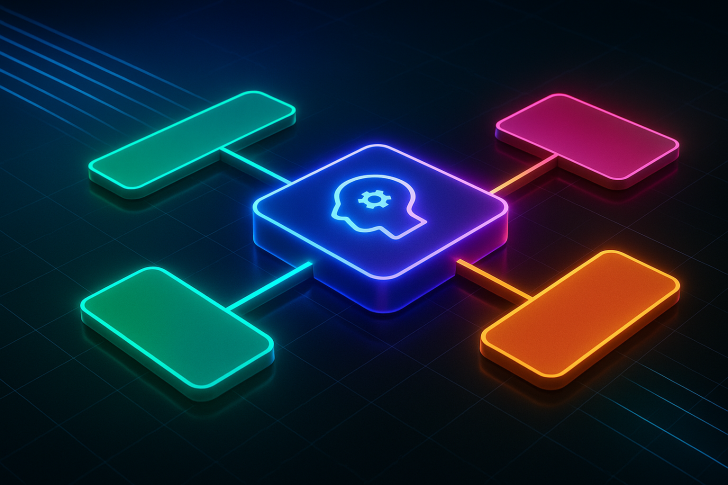Artificial intelligence is evolving from simple task execution to adaptive problem-solving, and Google is at the forefront of this shift. The company's upcoming updates to Opal—its visual AI workflow builder—promise to make automation smarter and more autonomous. With a new iterative agent that can think, adjust, and improve without constant oversight, Opal is taking a significant leap toward truly intelligent automation.
Google Opal: Smarter Workflow Automation
According to TestingCatalog News trader, Google is developing a new "Agent" block for Opal that works iteratively on tasks, refining its approach until objectives are met. This marks a major evolution in how the platform handles automation.
Opal lets teams build AI-driven workflows visually, connecting APIs, data sources, and machine learning tools without writing code. The new Agent block goes beyond traditional automation by analyzing its own results, detecting issues, and adjusting its strategy in real time. Instead of executing a command once and moving on, it loops through the task until it gets things right.
This self-correcting logic mirrors trends seen in systems like OpenAI's GPTs and Anthropic's Claude agents, but Google's direct integration into Opal could make the technology far more accessible for enterprise users who need reliable, repeatable automation.
How Iterative Agents Change the Game
Traditional workflows are linear—you define each step, and the system follows them in order. Iterative agents flip that model. You set a goal, and the AI figures out how to achieve it through trial, evaluation, and refinement. Potential applications include data research that refines itself until results are consistent, document generation that auto-corrects formatting and content until standards are met, and process optimization that tweaks parameters dynamically to hit performance targets.
This approach pushes Opal into the realm of "agentic AI"—systems that pursue objectives independently across multiple reasoning cycles, much like a human would when problem-solving.
Smart Layout and New Integration Options
Google isn't stopping at the Agent block. The platform is also getting a Smart Layout feature that automatically organizes workflows as they grow, keeping visual diagrams clean and readable even as complexity increases. This will be especially useful for teams managing large-scale projects.
Additionally, new MCP connectors will expand Opal's integration capabilities, making it easier to link with Google's own services like Vertex AI and BigQuery, as well as third-party platforms. This positions Opal as a more versatile tool for cross-platform automation and data pipelines.
 Eseandre Mordi
Eseandre Mordi

 Eseandre Mordi
Eseandre Mordi


